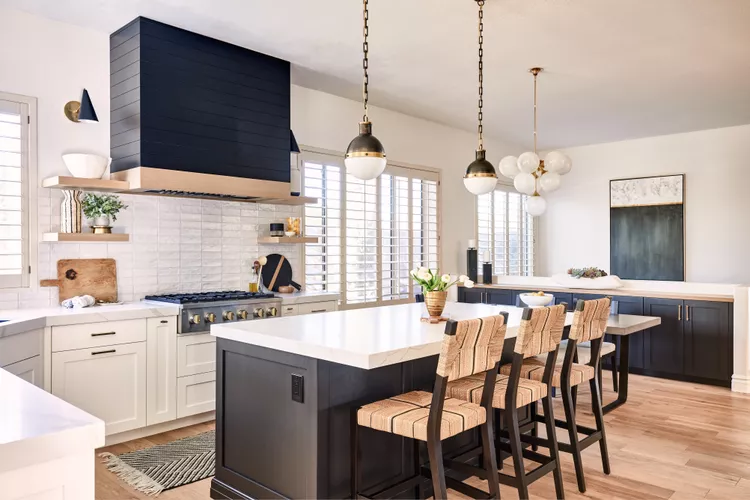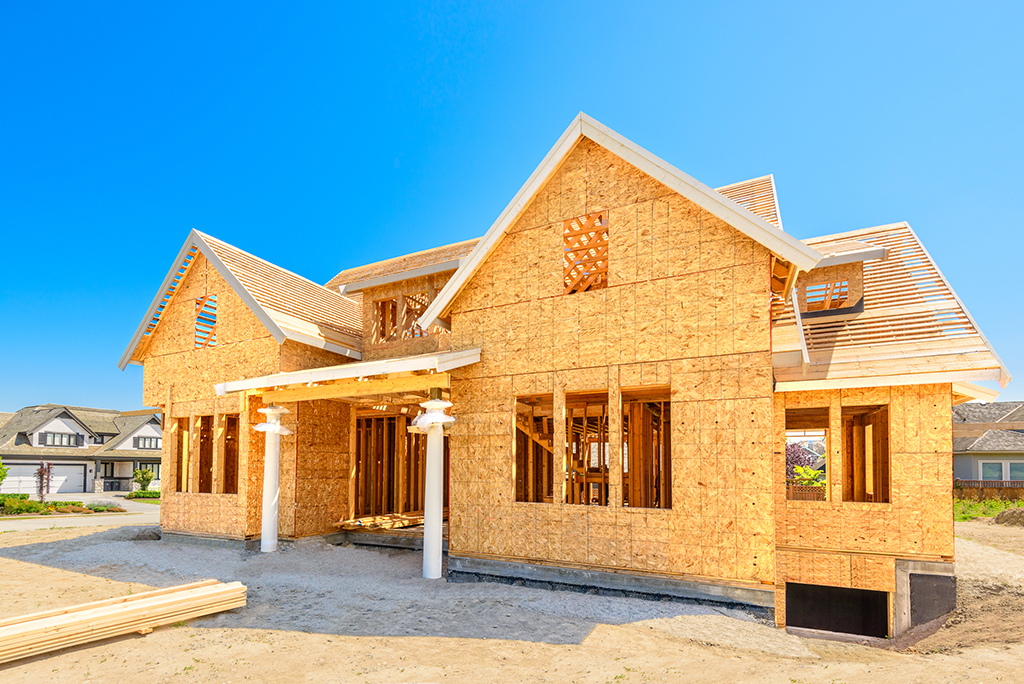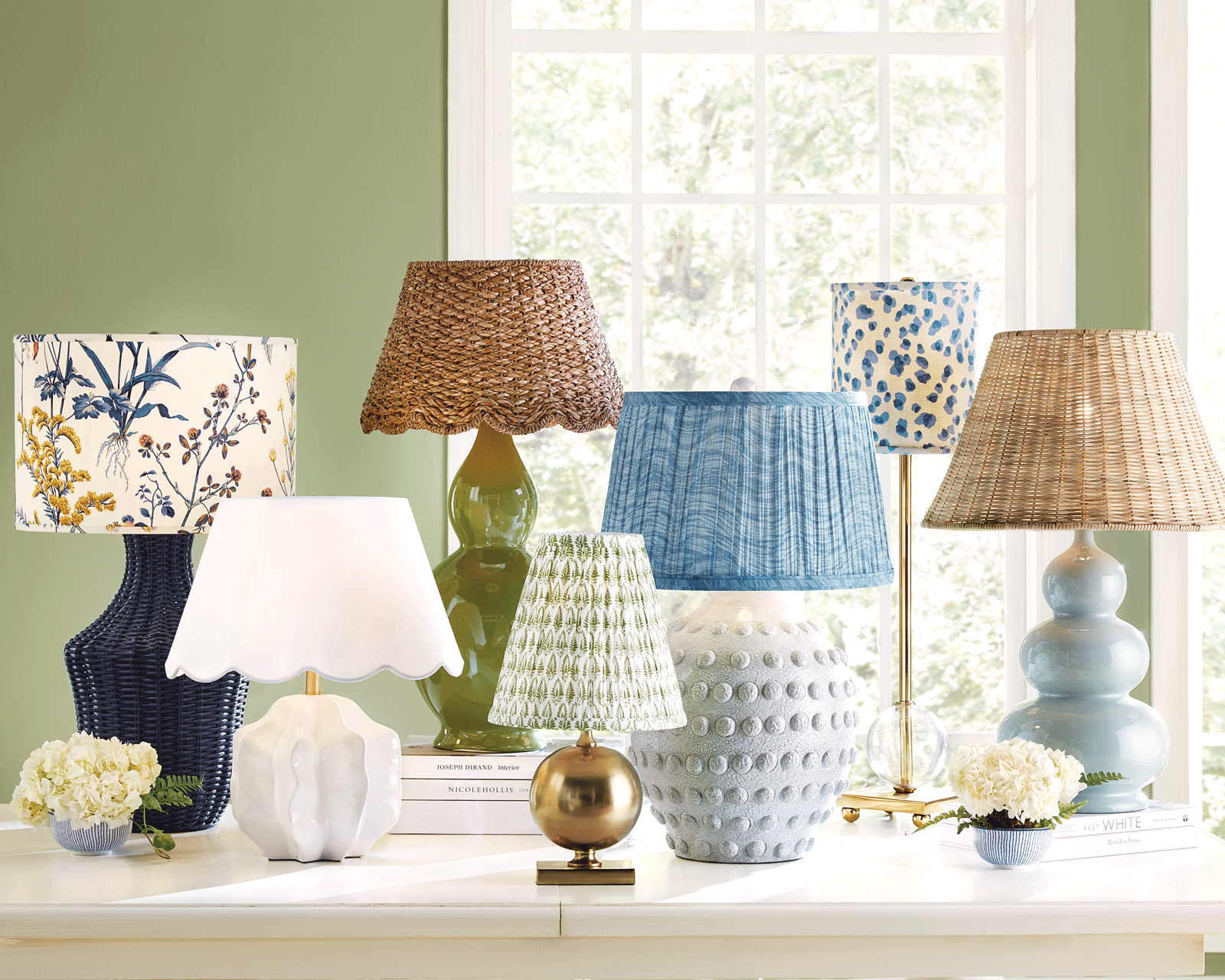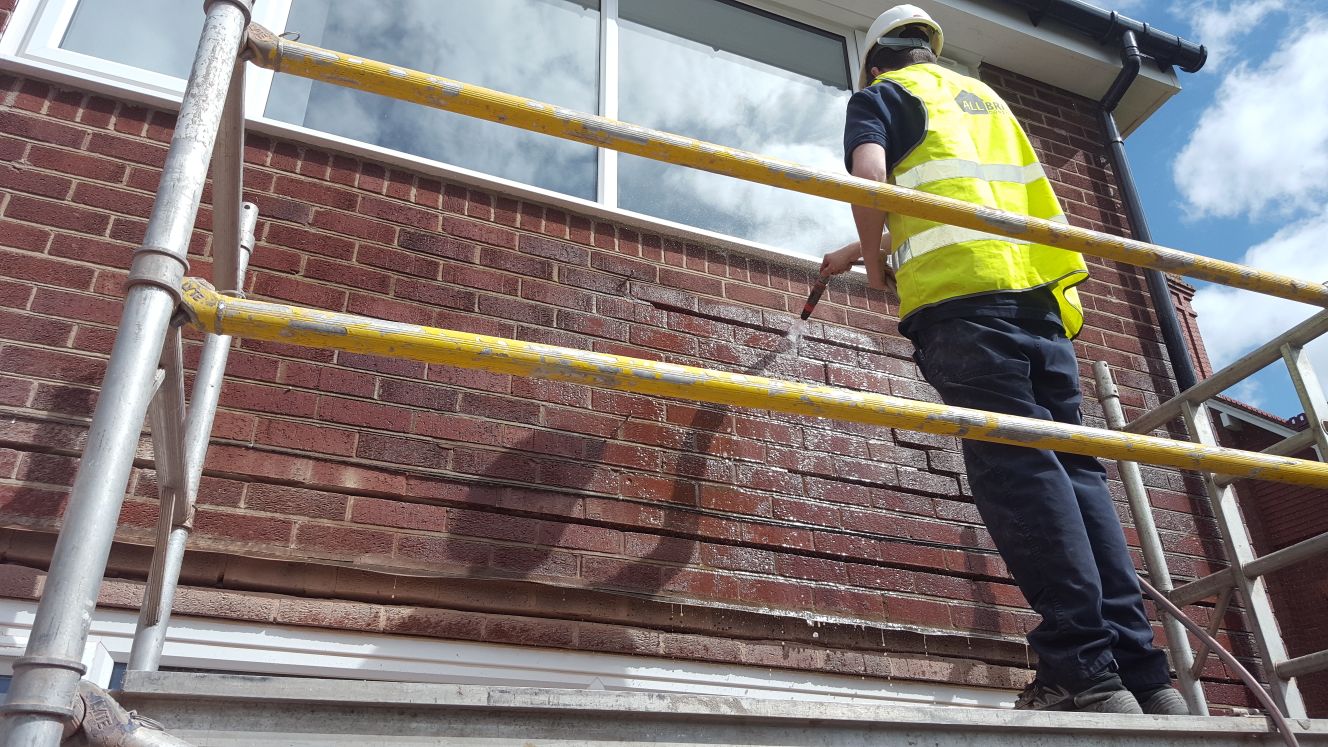With summers getting hotter and energy prices increasing, running your air conditioner at full blast during the hot season is bound to cause your electric bill to skyrocket. According to the US Energy Information Administration, summer air conditioning often translates to an average of $540 in energy bills for most American households.
Since this is such a steep cost, it is vital to learn how to beat the heat while keeping your budget in check. To help you out, here are 12 ways to lower your air conditioning this summer.
1. Regularly service your air conditioner
Professional air conditioner service, timely repairs, and tune-ups such as filter replacements and thorough cleaning of your AC will ensure your unit is always working at maximum efficiency. By keeping your AC system in tip-top shape, you also get to keep your energy bills low as your unit does not have to work harder to keep your home cool. However, if your air conditioner is no longer energy efficient or its performance is compromised because of age, it is best to invest in a new modern unit.
2. Install a smart thermostat
You need to install a smart thermostat for ease in controlling your heating and cooling. The zoning capabilities and remote functionality of a smart thermostat will give you the flexibility of scheduling temperature changes to suit your AC usage needs.
Research by the US Department of Energy shows that a smart thermostat can save you as much as 10% to 15% of your heating and cooling costs by controlling when and how your AC unit runs to avoid energy wastage.
3. Place your thermostat in a cooler area
Your thermostat placement plays a huge role in determining how your AC system works. When your thermostat is in a hot or cold place, your air conditioner will kick on more frequently as it feels like the room is hotter or colder than it is. To avoid this, the best place for your thermostat is in a cooler area away from any windows, vents, or heat-producing electric equipment to avoid unwanted temperature interferences.
4. Upgrade your home’s insulation
One of the most efficient ways to lower your heating and cooling costs is by improving your home’s insulation. Pay extra attention to your attic and duct system as they are responsible for most air leaks that cause cooling problems.
5. Invest in an evaporation cooler
Evaporation coolers have become a must-have in most properties as they offer a simple, efficient, and sustainable way to cool your home’s air. These cooling systems work best in dry climates, whereby they also help boost the humidity in your house.
6. Seal off any gaps
Gaps around your windows and doors may seem minor, but they can cause your air conditioner to overwork and consume more energy by causing leakage. Properly sealing these gaps through caulking, weather stripping, or refitting your doors and windows will give you a tighter seal, helping reduce your cooling costs.
7. Install solar screens on your windows
During summer, a good amount of heat gets into your home via windows. The best way to avoid this is by installing solar screens or reflective screens to block most of the heat and light from the sun. You can also put up awnings or hang up outdoor roll-up shades to shade your windows and outdoor living spaces.
8. Use ceiling fans
Ceiling fans always come in handy during summers as they help make a room feel cooler even when the temperatures are higher than desired. It is also more cost-effective to run a ceiling fan, which costs an average of $0.01 per hour, unlike an air conditioner, which costs $0.36 per hour.
For maximum impact and savings, it is advisable to make sure your ceiling fan is moving counterclockwise and that the thermostat is set a few degrees higher than you normally do. This way, your ceiling fan will be pushing cool air to the floor for better comfort, and your air conditioner will not be overworked. Do not forget to turn off the fan whenever you leave the room to avoid energy wastage.
9. Limit the use of heat-producing devices
As the temperatures soar, it is best to avoid using heat-producing devices such as ovens and cooktops. This helps limit the amount of heat in your home and the need to have your AC running on full blast, significantly reducing your cooling costs.
A good practice is to schedule your day so that these heat-producing devices and laundry appliances are used in the early morning or late evening when it is cooler. You should also switch to fluorescent and LED bulbs that give off less heat and more light.
10. Bump up the temperature when leaving the house
You do not have to run your air conditioner all day long if you want your home to be cool and comfortable when you get back. Instead, an old trick in the book is to turn up the temperatures by a few degrees when leaving the house. This will prevent unnecessary heat flows from the outside environment that will only cause your AC to work harder. Later, when you are ready to return home, you can run your AC for a short while and enjoy getting to a cool home without piling up your energy bills.
11. Close your blinds and curtains
Avoid opening your curtains and blinds during summer, as doing this will only cause the cold air your air conditioner is producing to escape outdoors. Instead, invest in high-quality blackout blinds and keep them closed to prevent heat from entering your home.
12. Adjust your home’s temperature at night
While it is necessary to pre-cool your bedroom before you sleep, it is vital to program your thermostat to readjust after you fall asleep. This is because the temperatures outside will dip overnight, and setting your thermostat to re-adjust four to five degrees higher will ensure your AC does not overwork.
Endnote
Keeping your home cool during summer must always be a top priority. However, this never has to be at the expense of your wallet, and with these tips, you can keep your home comfortable while minimizing your expenses.






